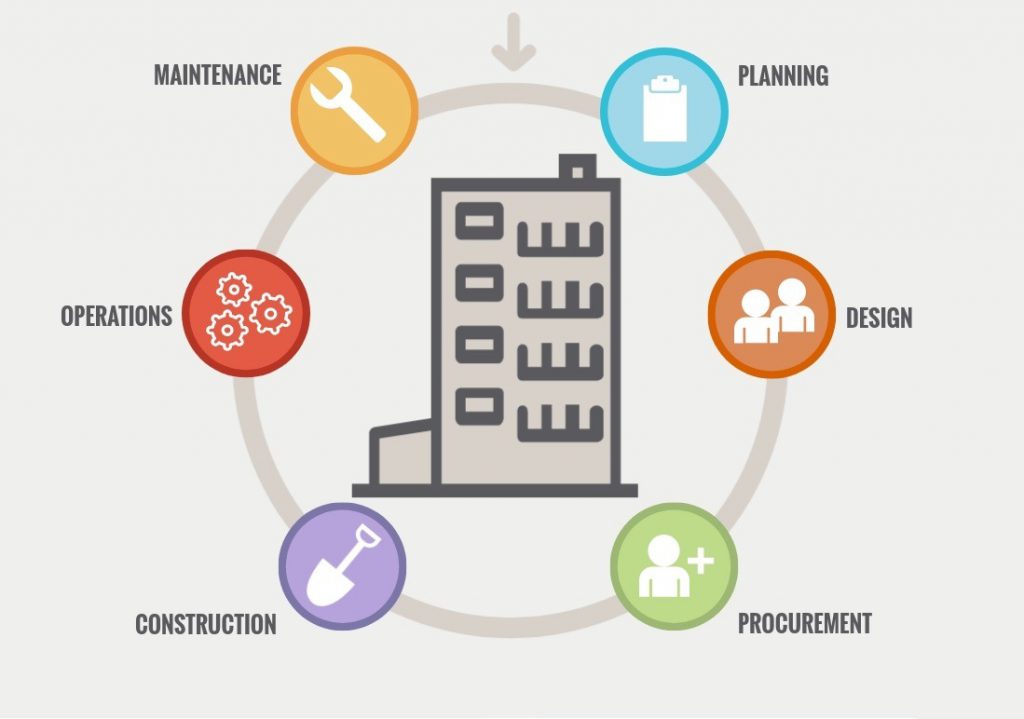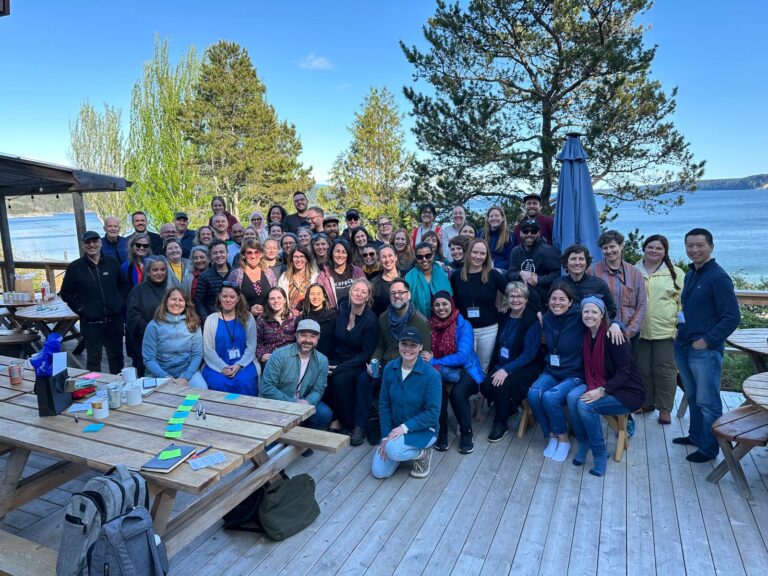4 May 2018
Physical Gets Social with Infrastructure
Developing Physical Infrastructure With Social Outcomes In Mind
Physical infrastructure has always been created to achieve a social outcome, a measurable improvement to the quality of life of the people it is being created to serve. From clean drinking water systems, to housing, to roads and bridges, to public parks and urban spaces, and to public buildings and edifices; it is reasonable to assume all were conceived with a social benefit mind.
In addition to improved social outcomes, infrastructure investment has been a mainstay of local economic development too. Tax dollars are typically recycled as infrastructure investments, which spur quality of life improvements, which in turn create increasingly attractive conditions for private/public sector business investment, creating a more resilient local economy and meaningful livelihoods. The process of developing the infrastructure itself is often a substantial injection into a local economy, as there are significant dollars involved and long development schedules, creating local jobs and spin off economic impacts.
The process through which infrastructure is typically developed is illustrated below. This time honoured sequential process, while always being tweaked to tailor to the nuances of the funding sources and the particulars of any one project, generally gets the job done. Public amenities have been and are continuing to be developed in Canada and around the world through something that looks like this process. Innovations like public-private partnerships, or PPPs, and other related joint venture or multi-funder initiatives, add complexity, but the sequence and the components of the process generally remains the same.

Considering the growing state of social need in our communities, and the scale of funding that is often associated with investments of this nature, could the process could be further tweaked, or purposefully evolved, to not just achieve the social outcomes for which the project was originally conceived, but also to embed social development objectives into the very fabric of the delivery process itself?
By allowing for more purposeful outreach and engagement in the planning and design stages, could we be building the capacity of the community while deepening their connection to the infrastructure?
By targeting existing social enterprises, or developing new ones to suit the project, could we be investing in local economic development and creating legacy benefits?
By explicitly thinking about operations and maintenance after project completion, could we be developing unique utility companies or arrangements that benefit the community over the longer term?
Billions of dollars are invested annually into infrastructure development in Canada. The Canadian Federal Budget, through its Investing in Canada Plan, identifies some $180 billion of infrastructure investment domestically over a 12-year period, not considering Provincial and Municipal budgets, and investments in foreign countries through related agencies. The suggestion here is not to challenge that, but to enhance it, encouraging more community development outcomes for every public/private dollar invested.
The counter response to these kinds of ideas most frequently cited is related to the perception that budgets will need to be increased to accommodate this kind of additional process, and the budget related implications of process uncertainty and schedule delays, heightened public expectations, and regulatory considerations. All are real to some extent and need to be considered, however, it can also be suggested that these considerations could be managed, and better contextualized, if they were being weighed against the potential benefits as per the enhanced process figure above. The opportunity lies in the potential for local economic and social returns on investment substantially higher than those that may be achieved through either a infrastructure project or an injection of funding for social programs or assets when implemented in isolation.
This is the next horizon for community-focused infrastructure development in Canada, and is within our reach today. We’re ready when you are!




